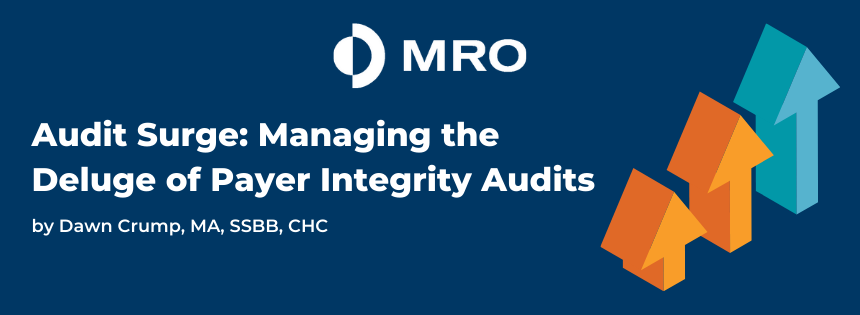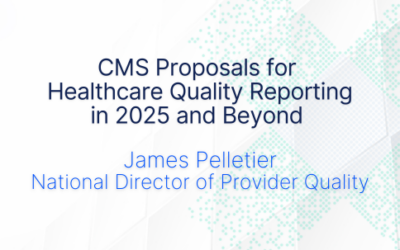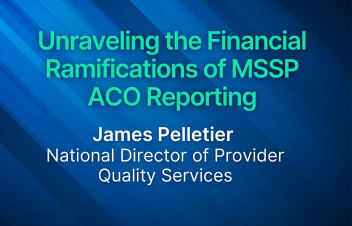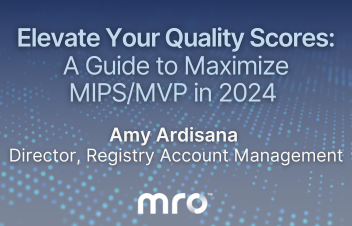
As many may already be aware, commercial and third-party payers have all resumed payment integrity audits in 2021. While these audits are useful to assure compliance and proper reimbursement, they don’t always go smoothly. In fact, nearly one in four providers have a bad experience with payment integrity audits and recovery, stating these audits are incredibly labor-intensive. Early COVID-19 claims are also being reviewed and will have a significant impact on the large dollar, aged accounts. With a deluge of audits ahead, it is important for those in the revenue integrity management space to properly prepare their people, processes and technology. While there are various ways to achieve success, there are some proven strategies and tactics to quickly streamline commercial payer integrity audits, reduce labor costs and realize a higher return for an organization’s efforts.
Revenue Integrity Challenges
Revenue at provider facilities was expected to grow post COVID, but most CFOs project little to no improvement to revenue margins due to continued increases in costs and a shift to services with lower payments (e.g. virtual visits). As such, it’s critical to maximize revenue potential where possible and control revenue leakage associated with payment integrity audits. Providers have seen a 58% increase year over year in audits, leading to lost revenue.
Alongside the increase in audits comes the challenge and cost of managing the associated increase in medical record exchange. Payer medical record requests alone are up year over year by more than 34%, increasing the need to accurately and efficiently ensure you’re providing the right information to the right people and minimizing the risk of data breaches.
Maximizing revenue means ensuring you’re getting the appropriate reimbursement for services provided and maximizing collections, which requires focus on accurate and complete coding and charge capture to reduce the risk of non-compliance, manage utilization, optimize payment, and minimize the expense of fixing problems downstream. The challenge is knowing where your risks lie, where you have opportunity for improvement, and engaging clinicians to follow best practices.
Tools
Using tools that already exist helps to ensure your facility is taking the proper steps to create efficiency in the revenue cycle. Examples include PEPPER, OIG and TPE reports, internal audit/denial risk assessments and financial/billing information.
A PEPPER report summarizes a hospital’s Medicare claims data for diagnosis-related groups (DRGs) and discharges that have been identified as at higher risk for improper payments. An OIG report should be used to review and compare with your services. A TPE report, or Targeted Probe and Educate, identifies providers and suppliers who have high claim error rates or unusual billing practices, and items and services that have high national error rates and are a financial risk to Medicare.
Facilities should also audit their release of information (ROI) activity to ensure compliance. Since requests are very specific, be sure to satisfy each request with complete record components. Also review the denial reasons compared with records that were provided. Sometimes CERT denials include insufficient documentation. Finally, it is important to continue the audit process cycle with your revenue cycle team.
Best Practices to Retaining Revenue
The key is preventing the audits that are impacting annual revenue and expected reimbursement, while causing additional administrative burden. So, the quicker an organization can get to prevention, the better off they will be. In order to get there:
- Know the rules and root causes.
- Know how those rules align with internal risks.
- Monitor clinical audits and denials across the payer outlook and scheme in order to understand what the current state is.
- Centralize a response team around audits, and not differentiating between pre- and post-payments, but instead having one team who can work across payers and timeframes in an efficient way.
To learn more about managing payer integrity audits in an efficient and effective manner, request the playback of the recent webinar here.


